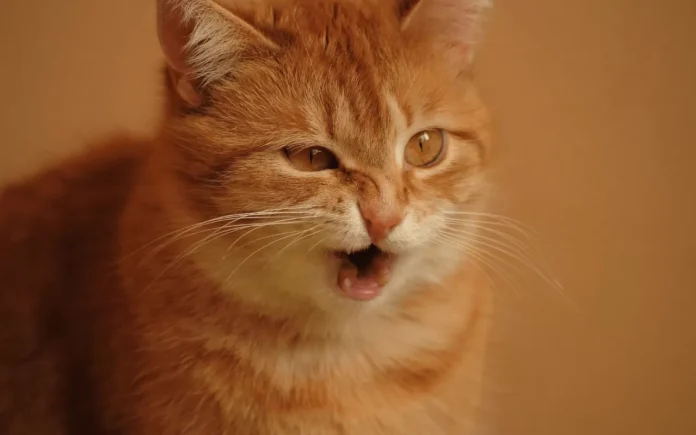What is the Best Wet Food for Cats? Sterilized cats have specific nutritional requirements based on their needs after surgery.
When it comes to feeding our feline friends, there are a lot of options to choose from. Dry food, wet food, raw food, and even homemade meals are all popular choices for cat owners. However, when it comes to the health and well-being of our cats, it’s important to choose the best option for their specific needs. For sterilized cats, wet food is the ideal choice for a variety of reasons.
First and foremost, wet food is more beneficial for sterilized cats because it helps them maintain a healthy weight. After being spayed or neutered, cats tend to have a slower metabolism and are at a higher risk for weight gain. Wet food has a higher moisture content and is lower in calories compared to dry food, making it easier for cats to maintain a healthy weight. This is especially important for sterilized cats, as obesity can lead to a variety of health issues such as diabetes, joint problems, and heart disease.
In addition to helping with weight management, wet food is also beneficial for sterilized cats because it helps prevent urinary tract infections (UTIs). Sterilized cats are more prone to UTIs due to changes in their urinary tract after surgery. Wet food has a higher water content, which helps increase their overall water intake and promotes a healthy urinary tract. It also helps dilute the urine, making it less concentrated and reducing the risk of crystals and bacteria buildup.
Another reason why wet food is the best choice for sterilized cats is that it provides them with the necessary nutrients for their specific needs. After surgery, cats may have a decreased appetite and may not be as interested in eating. Wet food has a stronger aroma and flavor compared to dry food, making it more appealing to cats and encouraging them to eat. It also contains a higher protein content, which is essential for maintaining muscle mass and promoting overall health.
Moreover, wet food is easier for sterilized cats to digest. The moisture content in wet food helps prevent constipation and promotes healthy digestion. This is especially important for older cats or cats with digestive issues. Wet food is also a great option for cats with dental problems, as it requires less chewing and is easier on their teeth and gums.
Not only is wet food beneficial for sterilized cats, but it also provides a variety of options for picky eaters. Wet food comes in a variety of flavors and textures, making it easier to find something that your cat will enjoy. This is important for sterilized cats, as they may have a decreased appetite after surgery and need a more enticing option to encourage them to eat.
It’s also worth noting that wet food is a more natural option for cats. Cats are obligate carnivores, meaning they require a diet high in protein and moisture. Wet food closely mimics a cat’s natural diet, which consists of small prey animals that are high in moisture. By feeding them wet food, we are providing them with a more natural and nutritious diet.
In conclusion, wet food is the best choice for sterilized cats due to its numerous benefits. It helps with weight management, prevents UTIs, provides necessary nutrients, promotes healthy digestion, and offers a variety of options for picky eaters. When choosing a wet food for your sterilized cat, make sure to look for high-quality options that are specifically formulated for their needs. Your cat’s health and well-being should always be a top priority, and feeding them wet food is a great way to ensure they are getting the best nutrition possible.

